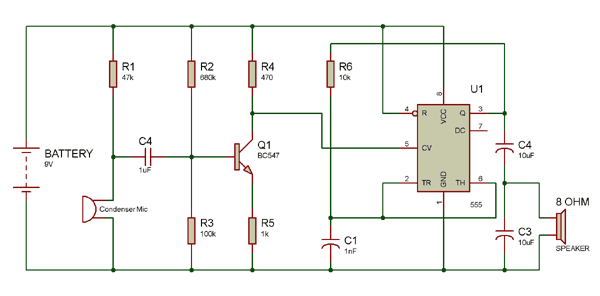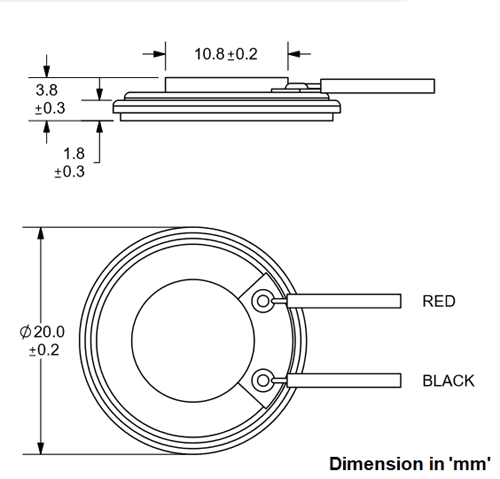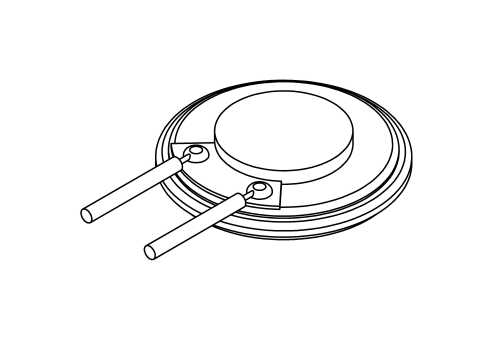8 Ohm Speaker
Features and Specification
- Nominal Size: 20 mm
- Impedance: 8 Ohm ± 15% at 1 KHz 1V
- Resonant frequency: 750 Hz± 150 Hz at 1V
- Sound pressure level: 86 dB/w ± 3 dB
- Response: 10 dB (max)
- Input power: 0.5W
- Handling capacity: 1W
- Operation must be normal at program source of 0.5W
- Buzz, rattle, etc. must be normal at sine wave of 2 V
- Magnet Size: 8 x 1 mm
- Heat test: 60 ± 2° C
- Humidity test: 40 ± 2° C
8 Ohm Speakers with different power rating
0.5W, 2W, 10W, 25W, 40W and other.
Brief about 8 ohm Speaker
The purpose of speaker is to produce audio output that can be heard by the listeners. Speakers are the transducers that used to convert the electromagnetic waves into sound waves. It receives audio input from computer or audio receivers. The input fed to speaker is in analog or digital form. Analog speakers simply amplify electromagnetic waves into sound waves while digital first convert the signal into analog and then amplify it.
Sound produced by the speaker is defined by frequency and amplitude, where frequency determines how high or low the pitch of the sound is. Amplitude or loudness of the speaker is defines by the change in the air pressure created by the speaker’s sound waves.
We all know that, speakers have few different parameters like impedance, power handling, size, frequency response. Here, impedance tells you that how much current will flow through a speaker at a certain voltage. Like this speaker has 8 ohms of impedance and comes with a power handling capacity of 1W.
How to Use a Speaker?
In the below circuit diagram of Audio amplifier, speaker does not respond to high frequency. If there is no voltage at control PIN 5 speaker doesn’t produce sound. By creating some noise near Condenser Mic, then that sound converts into electrical signal using the transistor and then fed to the PIN 5 of 555 timer IC. When there is voltage at PIN 5, output pulse width increases for a moment and get detected by the speaker and produce sound.
In the circuit R2 and R3 resistor used for provide biasing to transistor and R1 for condenser mic, you can also test the circuit by blowing the air over the condenser mic, the speaker will generate sound accordingly.

2D-model












